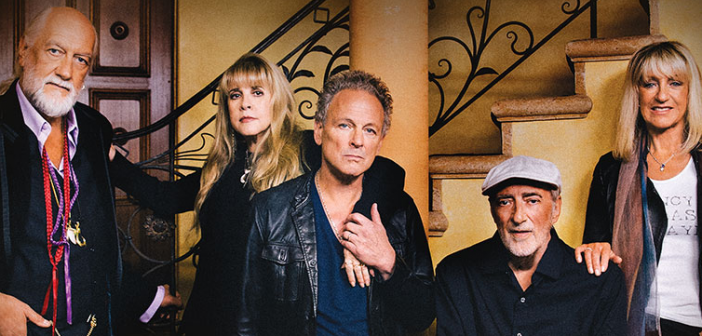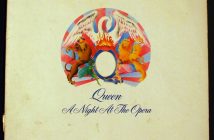31 years go, after a four-year hiatus, the infamous quintet Fleetwood Mac reformed to release Tango in the Night on 13th April 1987.
It was to be their fifth and last album (to date) with their most successful line-up of Lindsey Buckingham, Stevie Nicks, Christine McVie, John McVie and Mick Fleetwood.
Tango in the Night of course did not live up to the overriding success of 1977’s Rumours, yet still sold over fifteen million copies worldwide to become the second-best selling album in Fleetwood Mac’s discography. However, what makes this album so special is that it must be considered one of the most significant flawed masterpieces in musical history.
With Fleetwood and Nicks still haunted by their cocaine addictions, and tensions ever-increasing within the band, this album appears as a sort of contradiction; a joyful melancholy. The musical excellence typical of a band as successful as theirs continues to gratify, but it’s clear in the music that this was a band in the midst of a drastic internal drift.
Failing to hide the bands’ deep brooding troubles, even behind some classic hits of the late ‘80s like ‘Little Lies’ and the peerless ‘Everywhere’, we are invited to see the real Fleetwood Mac. Tango in the Night is unlike any other album in that it allows us to really feel and really understand the artists behind it. We feel the pain and the trauma, and we bask in their ability to be an unstoppable musical force whilst acknowledging the individual members as deeply troubled human beings.
It is because of this that Tango in the Night is the most personal Fleetwood Mac album, epitomising their legendary artistry, but also their poetic self-destruction.




